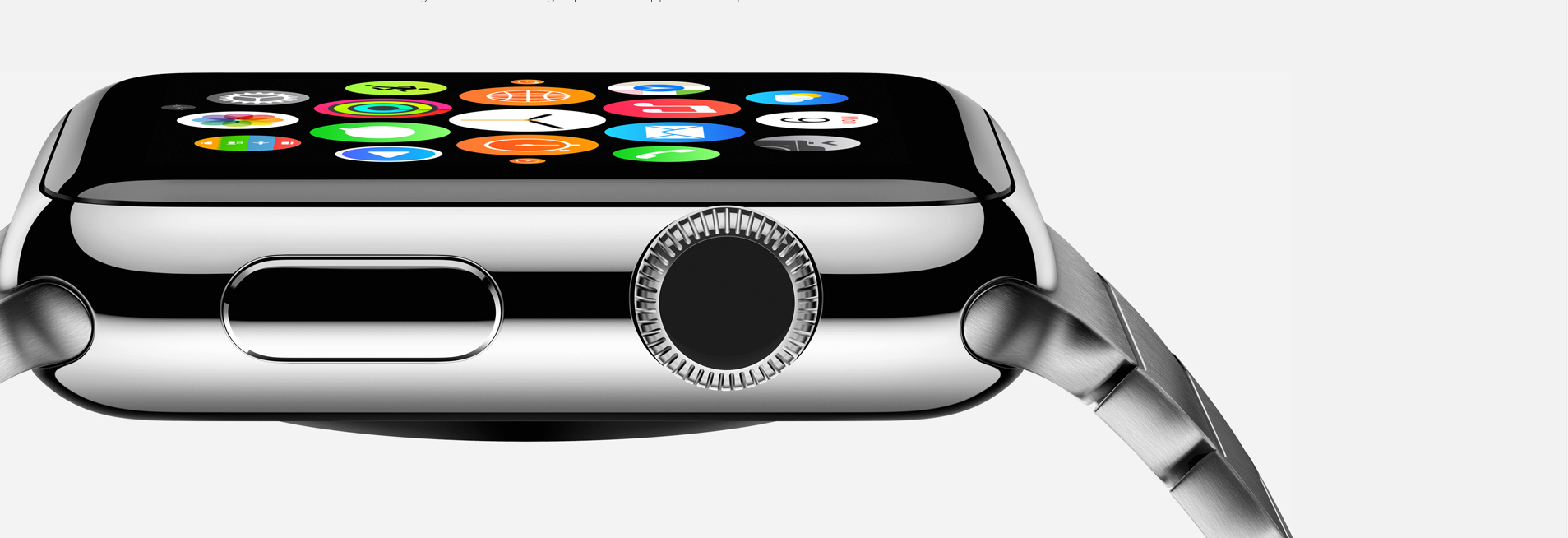
Accessibility And Apple Watch Bands
As a person with disabilities, I am acutely aware of my physical limitations. Thus, I strive to do as much as I can without help; I hate asking for assistance, even when I know I probably should. Yes, there is something to be said for swallowing my pride, but my point is that I want to be able to do things just like everyone else. Fortunately, I do quite well for the most part.
Yet, the inability to do for one’s self – in this case, fastening an Apple Watch band – is, I think, a significant potential hurdle to enjoying Apple Watch. If I struggle every morning to put it on, that’s not good. Apple Watch is decidedly not a pocket watch, after all. And, going back to pride, I don’t want to feel reliant on someone else to do something for me that I really should be able to do myself.
Apple Watch bands must be accessible, because if we can’t get the device on, we surely can’t enjoy it or get the most out of it.
As Aquino points out, the Sport band is certainly not the most accessible thing in the world (though after using it for a bit, I think it’s a lot quicker and easier to fasten than a traditional watch strap buckle), but Apple allowing third-parties to create a better options is going to help dramatically for those who need it.
That said, there is also the unfortunate reality that a mainstream product usually can’t be designed in an “accessibility-first” manner, as the trade-offs (and there are always trade-offs) would lessen rather than hasten public adoption. That’s why you’ll have a hard time finding the latest summer blockbuster subtitled in theaters, that’s why those with ambulatory problems likely shouldn’t live high up in tall apartment buildings, and that’s why you’ve got to special order a car with hand controls for throttle and brakes. There are natural mass-market limitations on how far accessibility can go.
And getting that accessibility is often more expensive than the “normal” alternative. In the case of Apple Watch Bands, I suspect (as Aquino does) that the Milanese Loop is one of the easiest fastening solutions in the history of fastening solutions, but it’s more expensive than the Sport Band, and it clashes aesthetically with the cheapest Apple Watches, so the overall cost of entry is even higher still.
Don’t expect Apple to make room on its assembly lines for low-volume, inexpensive, accessibility-oriented hardware. That wouldn’t be financially responsible of the company. But as I said, because it’s Apple we’re talking about, the hype surrounding their new wearable all but guarantees that some enterprising third party will provide those with disabilities — whatever they might be — with elegant and affordable assistance.